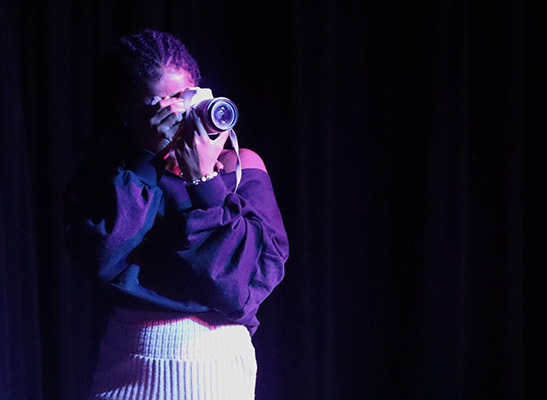Are you considering new cameras for your yearbook program? If you answered yes, you probably have been debating between going mirrorless or getting another DSLR. Let me make it simple: GO MIRRORLESS! When mirrorless cameras first came out, there was a lot of hesitation from photographers to make the switch since DSLR’s were still proving to be the tried and trusted …
To illustrate the use of these focal lengths in a typical classroom setting, I visited Rob Davenport’s science class at Platte County High School in Platte City, Mo. The students were testing the weight-bearing strength of their recently built Popsicle stick towers. Very simply, I was trying to tell a classroom story while using a variety of lenses to show what can be done at your school for your yearbook coverage.
It does not behoove the modern yearbook adviser to exercise extreme control over the middle school photographer. Granting permission to shoot the scenes as they see them can afford fantastic results. Better still, encouraging artistic license will ensure a yearbook that is thoughtful and exciting for the consumer.
Check out the latest single lens reflex cameras – either film or digital – in your local photo store and most, if they come with a lens, give you a small zoom – such as 18- 55mm or 28-90mm. Manufacturers are banking on the consumer wanting the variety of the zoom. Gone for the most part is the standard 50mm lens, the one that most duplicates our own vision. With these new zooms comes the challenge of how to use the varied focal lengths effectively.

